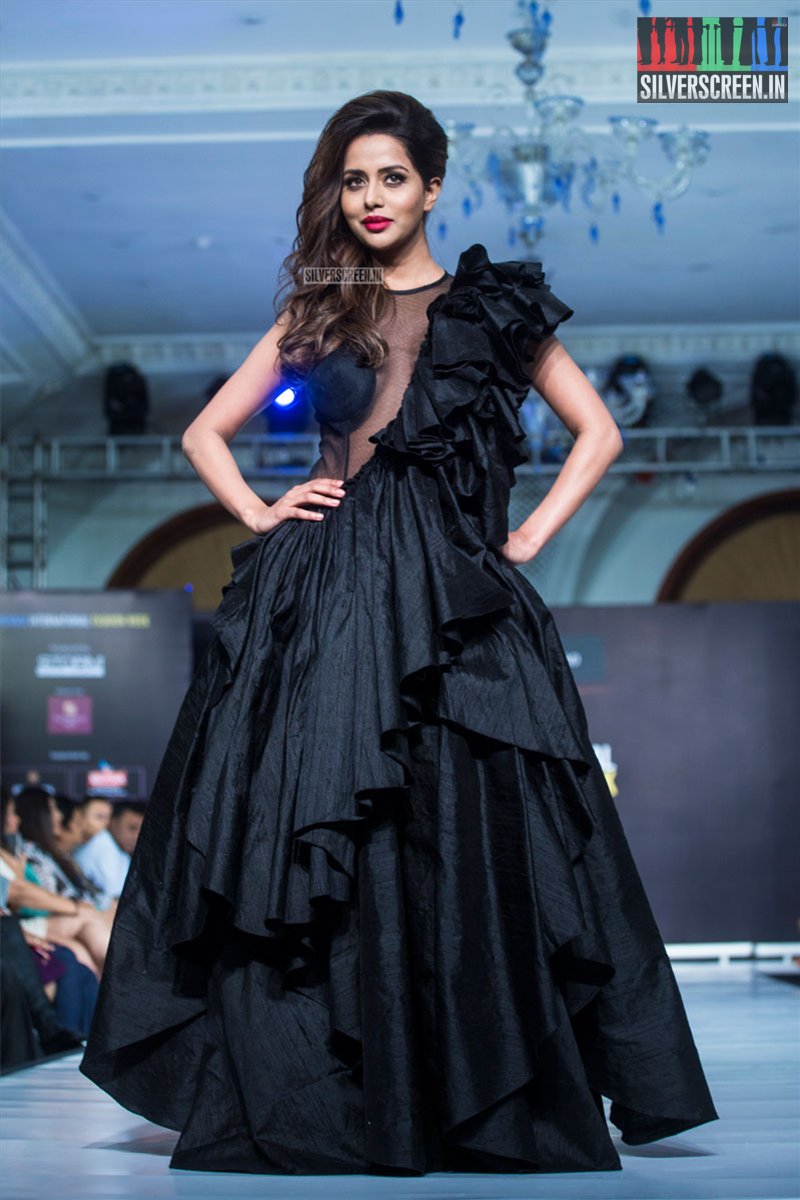I am a literature graduate. I studied to be a Professor. When I was working on my MPhil (2016-18), I was living on Delhi University’s campus in a flat that I shared with two seniors. In between coursework, chores, and a part-time job, MPhil gave me ample time to daydream.
I would be engrossed in my ruminations; about the life I would lead soon as I started teaching. I would take up a small independent place on campus and walk or bicycle to my college. I would wear sarees to class, put my hair in a loose braid, wear a little kohl in my eyes, and small hoops for earrings. I would buy white flowers, Rajnigandhas for myself. Make tea, and watch pink sunsets from my balcony every day. I would take a simple and loyal man, as a partner, working in a 9-to-5 job. In winters we’d squat under the sun in Lodhi Gardens; in summer, we’d watch films in Connaught Place. We would have a courtship of a year, and then get married. My Facebook Display Pictures at the time were always modelled on Vidya Sinha. In fact, on the day of my MPhil interview, I wore a rose-pink cotton saree with an off-white half-sleeved blouse. The caption of the totally posed for candid picture I posted on Instagram read, “Dress for the job you want they said. I want to be a Basu Chatterjee heroine.”
Come to think of it, “a Basu Chatterjee heroine” is an oxymoron. His heroines were never the larger-than-life, pin-up dolls, objects of desire, or overachievers. Their super-human quality was their humaneness. His heroines held jobs. They studied or taught (Rajnigandha), were employed in an office space (Baaton Baaton Mein), or were homemakers (Chitchor). They were beautiful and talented, and creatively inclined. In his films, women were never seen as the heroine or just the love interest. Chatterjee introduced us to a universe of fascinating women characters who were as connected to us, as they were to each other. They were daughters – rebellious (Chameli) and gentle (Geeta), anxious mothers (Rosie), neigbours (Mrs. Mehta), friends (Anita) and coworkers (Prabha). They were women you knew, or aspired to be like. They were women you loved.
The greatest gift that middle-class cinema, of which Basu Chatterjee was a pioneer, gave to its public was the transgression/dissolution of boundaries – both generic and social. By integrating romance with social drama, the films rejected an inferior categorisation into the romantic comedy. Since marriage was a social institute, it was taken as an issue worth exploration. And by making these stories unanimously loved, he caused a major shift in the intellect of the public. These films could no longer be deemed as just women’s stories. These were everyone’s stories but since women constituted half of humanity, they were their stories too.
It seems quite simple a concept to accept now, but in the period between the 1940s to the 1970s, the nation was undergoing tremendous transformations in its political structure. The transition to a sovereign democratic republic after years of colonialisation came with its challenges of consolidation of the new nations’s ideals, values, and principles. This also meant that women’s role in the public would undergo a reconfiguration. Many culture theorists and academics, including Partha Chatterjee wrote extensively about the ideological shifts that happened during this period. In his essay, “The Nation and Its Women,” Chatterjee noted that the resolution of the nation’s newly found modernity led to greater polarisations and stricter boundaries between the public and the private. This means the public domain began to denote the “external, the material, the western and thus, typically the domain of the male”. While the interior, the private, or the home, was the space for the woman. And thus, the separation of the spheres defined by gender roles was complete. Basu Chatterjee’s cinema, much more than the films of his counterparts of the middle-cinema movement, Hrishikesh Mukherjee and Basu Bhattacharya, transgressed these boundaries; as did the women in his films.
His women showed us autonomy. They occupied space, both public and private, through, work and leisure. Who can ever forget Tina Munim and Amol Malekar, mapping across Marine Drive in Suniye Kahiye, or Vidya Sinha and Amol Palekar singing in cinema halls and parks in Rajnigandha or eating Chinese in restaurants in Jaanemann-Jaanemann? Women moved through space lyrically, poetically, and flirtatiously.
This sensitive and acute awareness of his ethos, not only translated conceptually on screen but also constituted a critical component of his creative process. His fine craft was not only extremely relevant and rooted to his times, but was also inventive. It flourished in its inclusivity, and plurality, drawing from literary and cinematic registers across the board. He was a foreseer, who brought out his masterpieces through incredible collaborations.
His debut film Sara Akash (1969) was based on Rajendra Yadav’s (a pioneer of the Nayi Kahani movement in Hindi Literature) debut novel, Ghosts Speak. The film marked the debut of the legend KK Mahajan as cinematographer (who won a National Award for the film). When he wanted to draw attention to the chaos and the cosmos bustling at the heart of the new metropolis of Mumbai, he made Piya Ka Ghar (1972), from Raja Thakur’s Marathi film Mumbaicha Jawai. For Rajnigandha (1974), he worked closely with Mannu Bhandari, one of the mothers of feminist writing in India, to depict intricately and empathetically the existential questions of a woman. It was a representation of a fragmented, disjunct-ed, and alienated female self, so profound (reminiscent of a Clarice Lispector story) that it not only won the Best Picture Filmfare that year but also remains one of the finest portrayals of a woman’s inner life on screen.
When he got to the 1980s, the scope of his exploration grew sharper, more biting, and urgent. One of the most fundamental tenets pronounced by Dr BR Ambedkar to abolish caste was social integration through marriage. In Chameli Ki Shaadi, Chatterjee punctured endogamy and caste supremacy by reducing it to a joke. In Kamla Ki Maut (1989), one of his most underrated films, he collided-head on with possibly the biggest stigma in a patriarchal society – unwed pregnancy. In a rare and powerful cultural moment, the film shows us an insight into the vicious (almost sinful) past of a now-father (of two grownup daughters) as a young man. Yet, the film never judges, because there are no gods or demons in a Basu Chatterjee universe, only humans.

rajnigandha2
As I end this obituary to a filmmaker whose work touched me deeply, I once again go back to Rajnigandha, a film that represented a portrait of a woman as an academic; a PhD scholar grappling with issues of the head and heart. A film that was as my companion during moments of self-doubt, and if you’re an academic, you’d know there were many! In a scene Sanjay (Amol Palekar) tells Deepa (Vidya Sinha) that he doesn’t believe how she can be so self-effacing and lose confidence in herself, when she was such an accomplished woman – writing her thesis, living independently, doing her chores, travelling to another city for work, navigating the public space fearlessly, managing her emotional needs so beautifully? I am still left amazed by the delicate eye which articulated this feminine experience. Badges of immortal fame, overachievements, or external stamps of validation are not the only accomplishments, performing the everyday, the ordinary, is a quite (and resilient) accomplishment too. I guess, I always was a Basu Chatterjee heroine.



